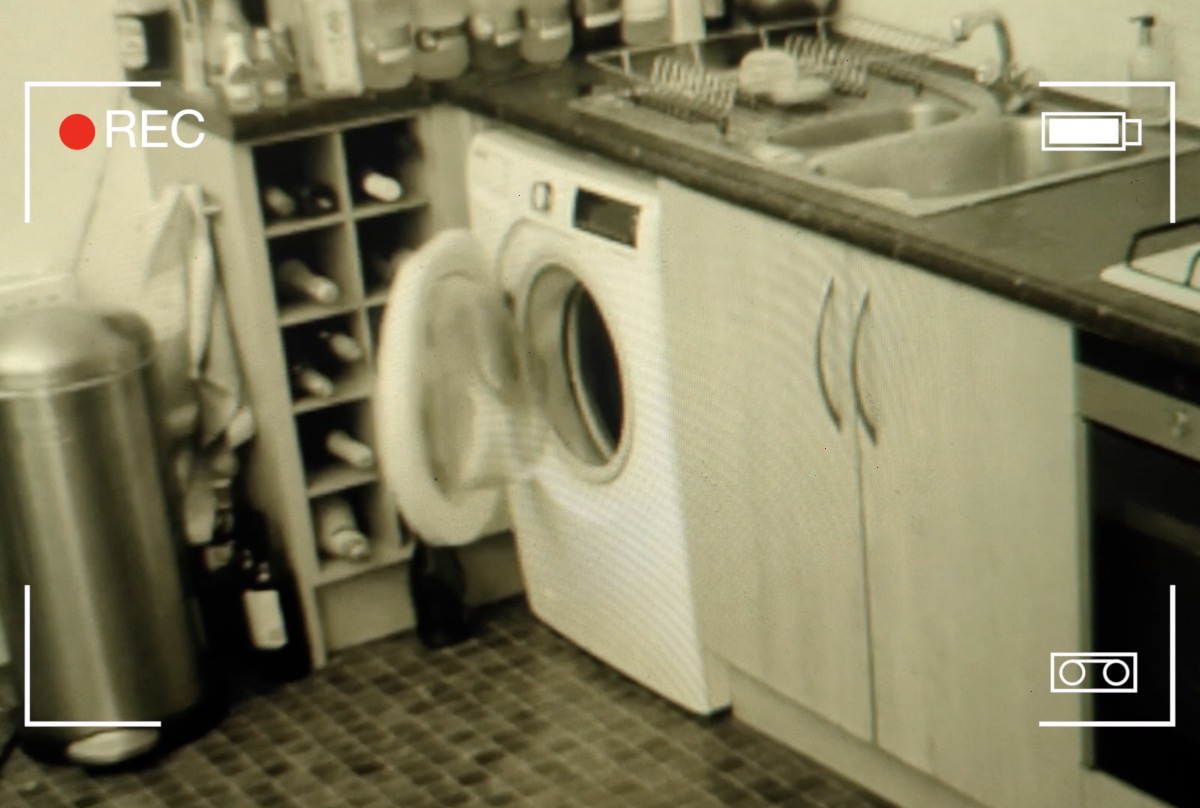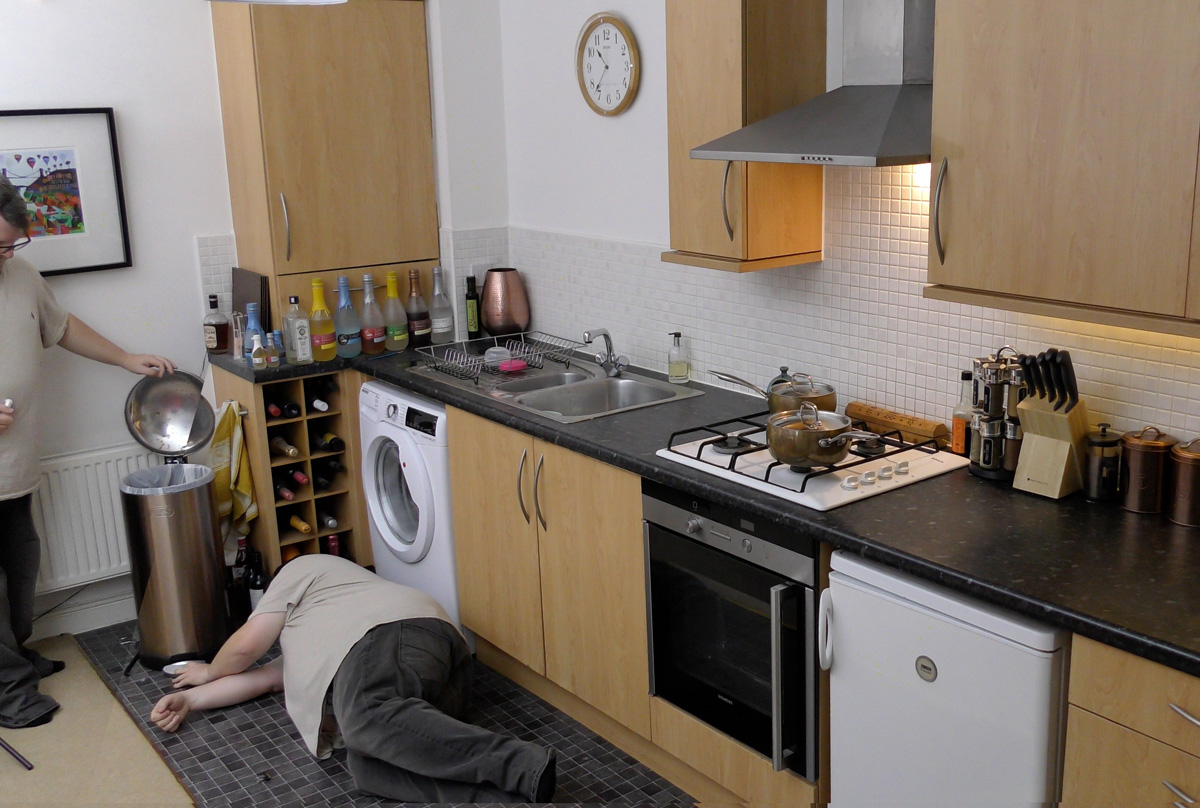Not Being Able To Debunk A Ghost Video Doesn’t Make It Real

Videos showing alleged ghostly activity that are unexplainable or hard to debunk should never be taken as proof of the paranormal, no matter how convincing they are.

Some videos that are alleged to show ghostly activity are easy to debunk, but there are some that continue to baffle experts after their analysis. These unexplainable videos might be interesting to debate, but they should never be taken as proof of the paranormal, no matter how convincing they are.
Of course there are countless of examples where the methods used to fake the video are apparent in the footage. These clues include glimpses of the fishing wire used to move objects, or the shadows or reflections of the people manipulating the scene.
Eliminating these obvious fakes still leaves a tantalising selection of unexplained videos of potential paranormal evidence. But as investigators we shouldn’t get carried away and call this proof. At best it is inconclusive, that’s because it’s impossible to debunk fake ghost videos when they look totally real.
Labelling a video as proof of the paranormal just because you can’t explain it is like saying “I can’t prove the Moon isn’t made of cheese, therefore it must be.”
Think of it this way. You’ve probably seen ghostly activity in movies like ‘The Conjuring’. We know that this activity is fake and accomplished through special effects because it is a movie. We know it is fiction. But if you were shown a clip of this movie out of context, you could be forgiven for mistaking this photo-realistic scene as a genuine ghost video.
Even if you didn’t know the clip was taken from a movie, it would be reasonable to suspect that this clip is a fake. This shows that even if it looks totally real to you and that you can’t explain it, that the footage shouldn’t be labeled as real proof of the paranormal. For all you know, the footage could be from a movie you haven’t seen.
To illustrate this point, I faked some ghost videos partly to show how easy it is and partly to demonstrate that it’s impossible to debunk the type of ghost videos shared online. You might have some idea of how I achieved some of the effects in the video below, but chances are you won’t be able to accurately explain exactly how every trick was executed, but this doesn’t make it real.
Advertisement ‐ Content Continues Below.
What makes the above video harder to debunk is the fact that it mostly relies upon digital trickery rather than practical effects. So you might have watched the video in the hopes of spotting fishing wire, but it might surprise you to learn that I actually used very little fishing wire and instead used digital manipulation.
It gets even harder to debunk the video when you manipulate it further. Despite being shot in 4K in a well-lit room, I’ve made the footage below look like it was shot in night vision. I also used a fully extended tripod to give the camera the perspective of a CCTV camera. I then played the footage back through a monitor and recorded it from the screen using my phone. This is how footage taken from CCTV systems is often shared online. All of these factors combined work wonders for hiding edits in the video, making it even harder to debunk.
What also helps add to the authenticity is that it’s one continuous shot, there are no cuts or jumps. In reality, the sequence was filmed over a 20 minute period. This allowed me the time to execute all of the effects, but of course these moments of execution were edited out of the final two-minute video. Due to this heavy editing, I was careful to ensure that the clock on the wall doesn’t jump forward in time by digitally overlaying a consistent separately shot video of the clock.
As previously stated, context is important. Even a video produced as a work of fiction could be taken as potential evidence if shown out of context. The source of a video is important, but this doesn’t mean that a social media account that shares spooky content regularly is either trustworthy or credible. Of course, they could be, but you really have no way of knowing that.
The same is true of paranormal reality shows on television, no matter how credible they seem. Even if you totally trust the team or investigator sharing the video, they might have made a mistake. For example, if they say “there was no one else in the building,” you can’t be sure of the fact that someone hasn’t entered the building without the team’s knowledge. They’re not lying, you just can’t be sure without being there yourself.
The other thing to take into account is how easy it is to produce fake supernatural videos. The examples above took just over two hours to film and edit using Final Cut for Mac. It requires you to plan the shots and think through the process, but once you’ve got the footage you need, editing it together is very simple.
For example, the clip of a figure walking through a laser grid in the montage above was made by recording two identical shots with different lighting conditions and then simply walking past the camera in a dark dressing gown. I won’t describe it in too much detail as there’s enough fake ghost videos on the internet, but I’ve simplified and outlined the steps involved below.

Digital video editing techniques have made this whole process very easy. In the clip above you might have spotted a moment where the bin in the kitchen seemingly opens on its own. You might have thought this was done with wires or pulleys, in fact it was done using two shots and masking out parts of the footage.
As you can see from the image below, I shot the scene twice. The first time pushing the foot pedal in order to open the bin’s lid. Then in the second shot I opened the lid in order to move the foot pedal up and down. All I needed to do then was remove myself from both clips by applying a mask and then merging the two clips together.
The result is that the bin’s lid and pedal moves simultaneously without the worry of strings or wires being visible on camera.

So, next time you’re presented with the claim that a video contains evidence of the paranormal, remember that there are only really two conclusions you can come to: Either the video is fake or it’s inconclusive, in which case it could be considered potential evidence. This is true whether it’s a clip shared on social media, a video offered up as evidence by a paranormal team, or footage taken from a paranormal reality show on television.



